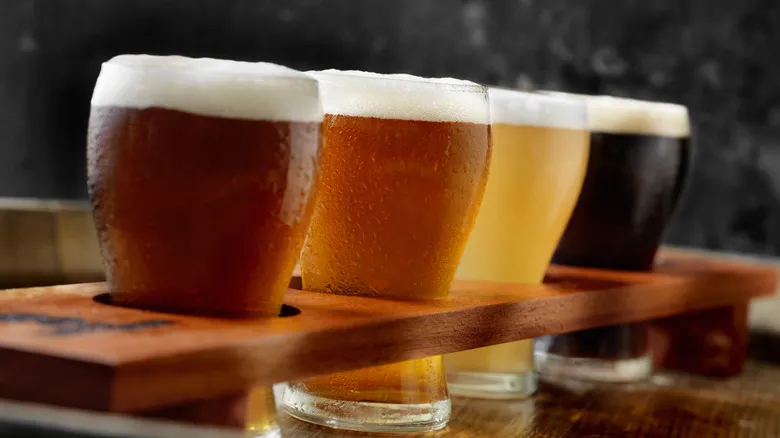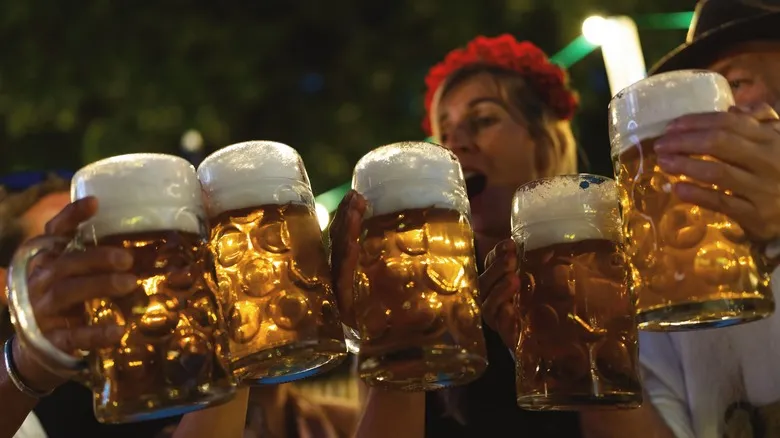Distinguishing modern German and American beers

When evaluating lagers, it's beneficial to focus on the hops. Hops impart bitterness, aroma, and flavor to beer. There is a vast array of hop varieties, and similar to wine, they can reflect the unique terroir of their origin. Germany is famous for its hop cultivation, producing several traditional varieties known as noble hops, which are typically described as spicy, herbal, grassy, and floral. These hops play a crucial role in defining the distinctive aromas and flavors of a German-style Pilsner.
The traditional American-style Pilsner, which evolved from its German counterpart, shares these noble hop characteristics. However, the Brewers Association also recognizes a category for modern interpretations that may "deviate from American-style lagers... due to a diverse range of hop aroma and flavor profiles." This likely reflects the emergence of new hop varieties that offer flavors ranging from guava to pine, among many others.
Thanks to the innovative spirit of today’s global brewing community, which continually seeks to create new styles and variations on classic recipes, the distinctions between beers from different countries (or any others) often hinge on the brewer's creative vision. Notably, in 1987, Germany repealed the Reinheitsgebot, a law that had been in place since before the founding of the U.S., which restricted the ingredients brewers could use. This change has allowed brewers to explore their creativity more freely. Consequently, if you're keen on comparing beers from these nations, there’s an abundance of flavors to explore.
Recommended

What Type Of Brew Is An Oktoberfest Beer?

IPA Vs Pale Ale: What's The Difference Between These Beers?

What Does Malted Barley Have To Do With Beer?

What Wine Should You Use When Making Sangria?
Next up

